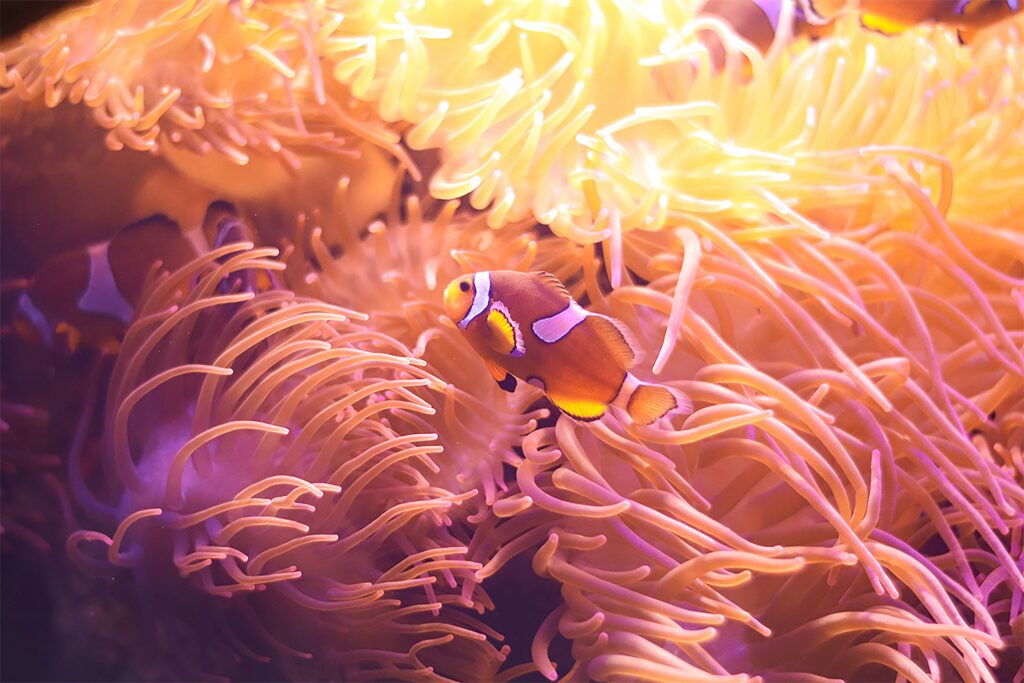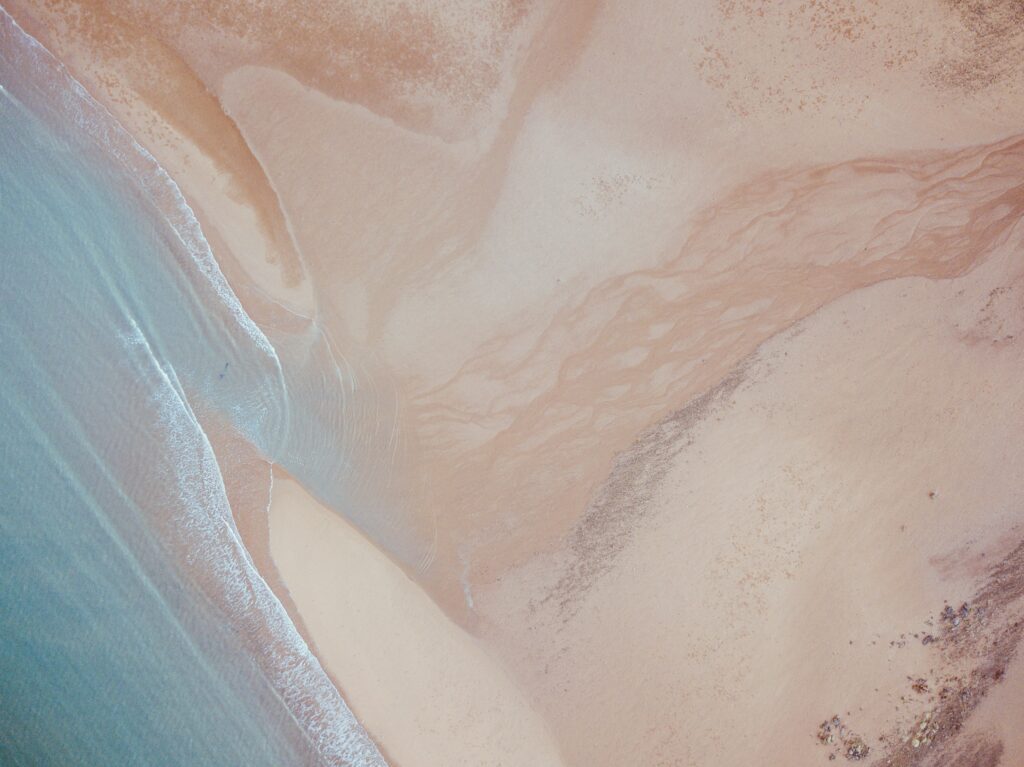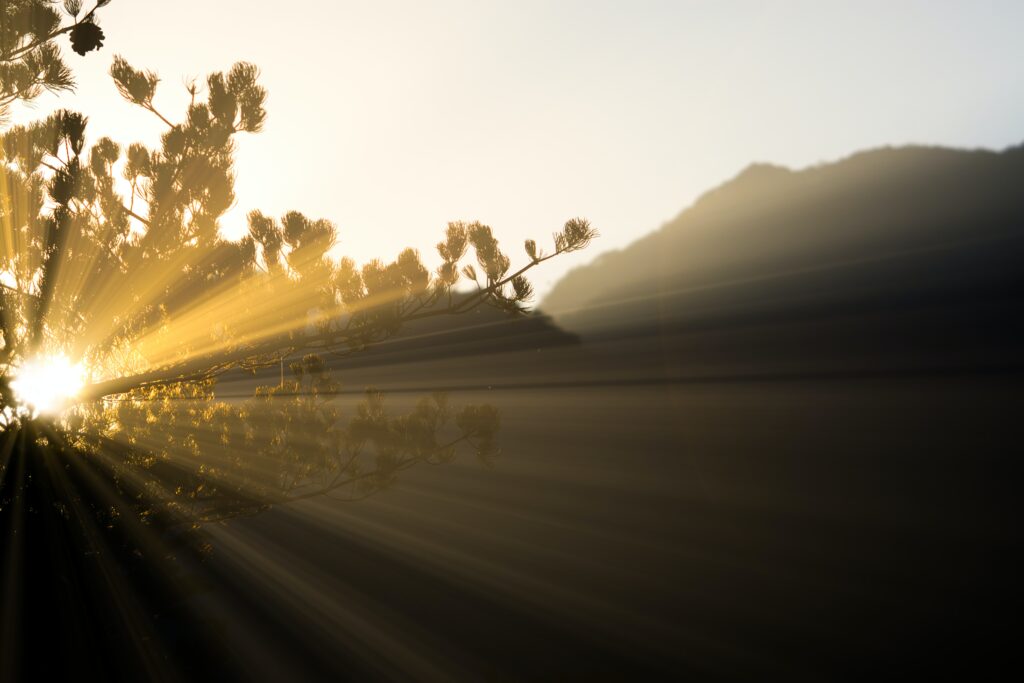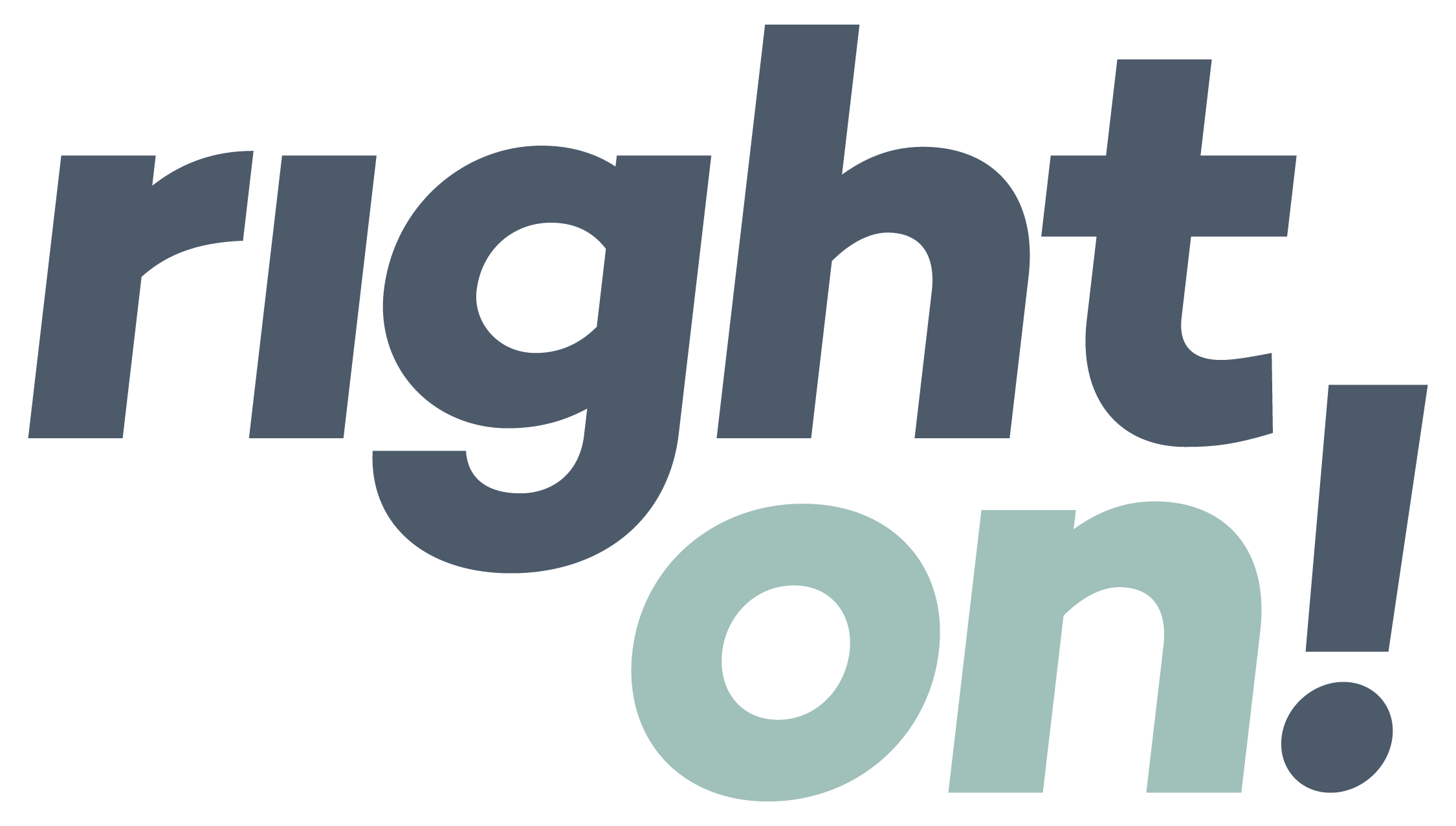
Find your peak creative flow.
When I was a teen, my Dad let me work with him in his orthodontics practice. My job was to hand him the instruments. Sharp, metal thingies of various shapes and sizes. This, it turned out, was not my calling. I’d pick up the wrong thingy. Or fumble the handoff. Or miss my cue altogether.
But I did learn something valuable working with my Dad. I noticed that he scheduled all his appointments for new braces first thing in the morning, and he did all his tightening and maintenance appointments in the afternoon. The “band ups,” as they were called, required his deepest focus—and his brain worked best in the morning.
We can apply this strategy to all pursuits that require deep thinking and creativity, including the development of sustainability content. Most creative professionals you’ll hire to work on your content projects know their daily rhythms and schedule to them. After all, maximizing creativity is our job. For instance, I know my peak energy and creative thinking time is from 8-10 am. Sometimes I’ll get a second wind around 3 pm. But nothing good happens after 7 pm.
But what about those times when you can’t hire creative professionals for your projects and you have to grind them out yourself? These tips from our pro writers can help you make the most of your creativity–and get more from your writing.
Identify your creator energy. And your editor energy.
Right On Senior Writer Nicole Cloutier calls our peak energy and creative thinking time “creator energy.” This is the time for bold ideas and messy first drafts. At other times in the day, when your creator energy wanes, it’s time to harness your “editor energy.” This is when you refine and sharpen what you wrote in those moments of inspiration.
Don’t be the writer and the judge at the same time.
For Right On Creative Director and Writer Kim Smart, this “creator energy” is the time to ride the flow of ideas and let them carry you wherever your mind takes you. It’s when you write those long unstructured paragraphs. Spew out a whole page of headlines. And get as many ideas on the page as possible. If you start editing yourself during this “creator energy” time, you’ll spend too much time tinkering and perfecting, and you’ll miss out on the wild, unbridled ideas that are at the heart of your very best work.
How I wrote this newsletter.
I practiced creator energy and editor energy last week at a Right On writing workshop with an incredible team of in-house writers. Since our creative director Beth Lopez was leading the session, I was able to simply enjoy being a participant and work on my own creative project–which was the first draft of this newsletter.
It wasn’t pretty. But three days and three drafts later, I think I’ve got something worth sharing with you. After all these years of writing, I’ve learned enough to trust the process and just keep at it. As Nicole says, “the magic happens in the editing.”
Our Most Recent Insights.
SEE ALL INSIGHTS →
Storytelling
Time to own it. We’re marketers.
Sustainability needs more than communications. It needs marketing.

Storytelling
Keep your eye on the ball.
During tumultuous times, divide your communications team into offense and defense.

Strategy
You don’t have all the answers. (And that’s ok.)
Get to your best insights by talking to your customers and leading with empathy.
